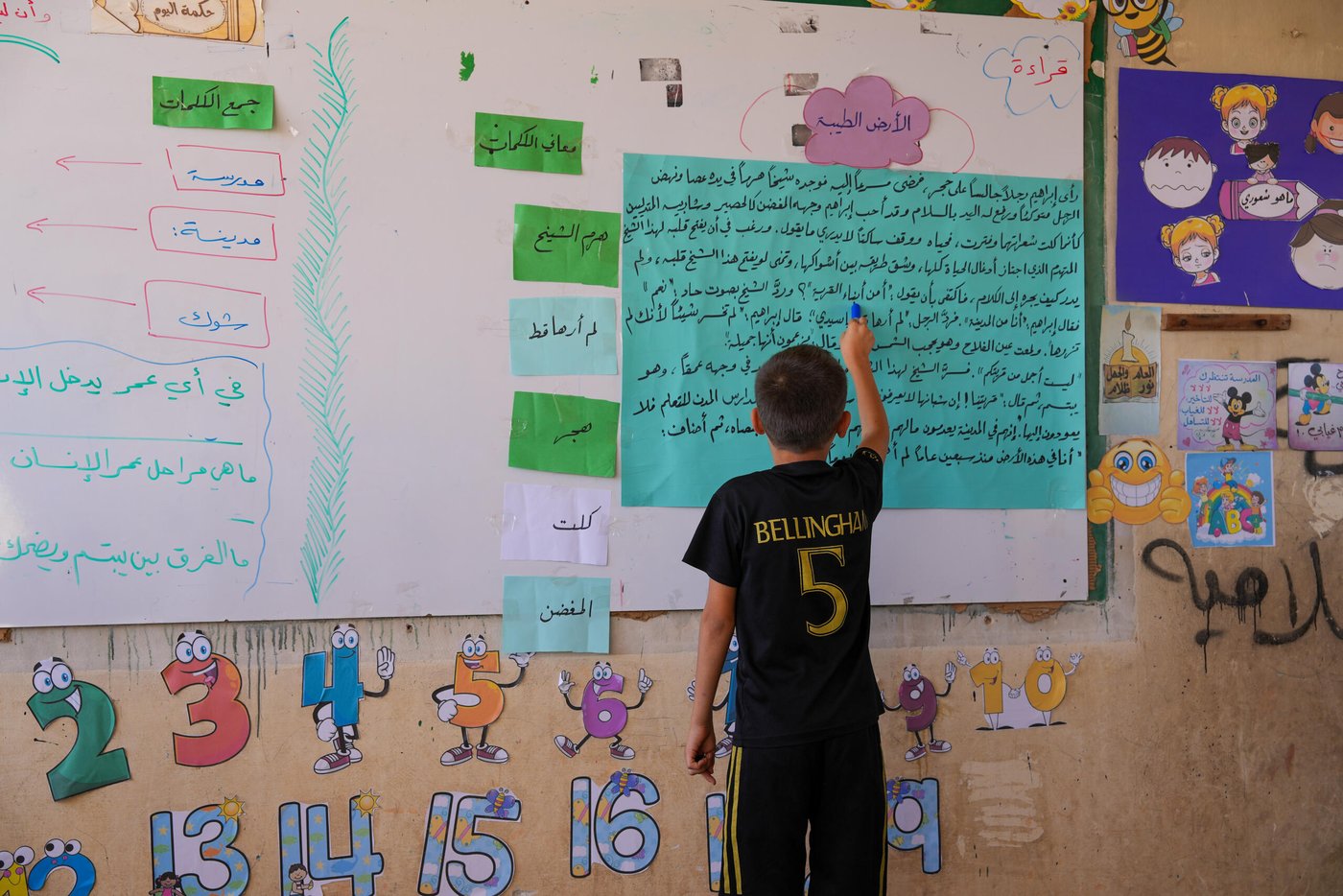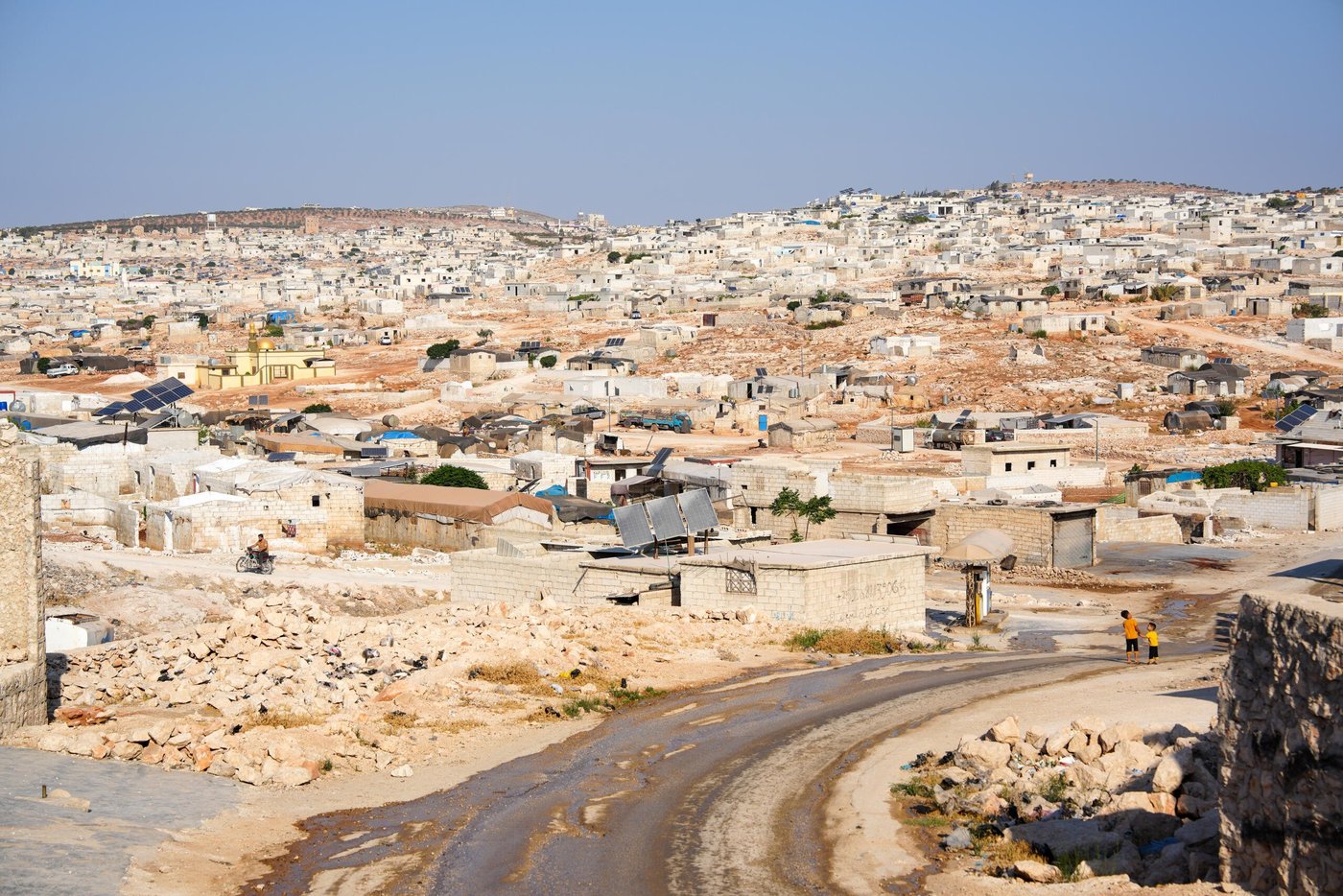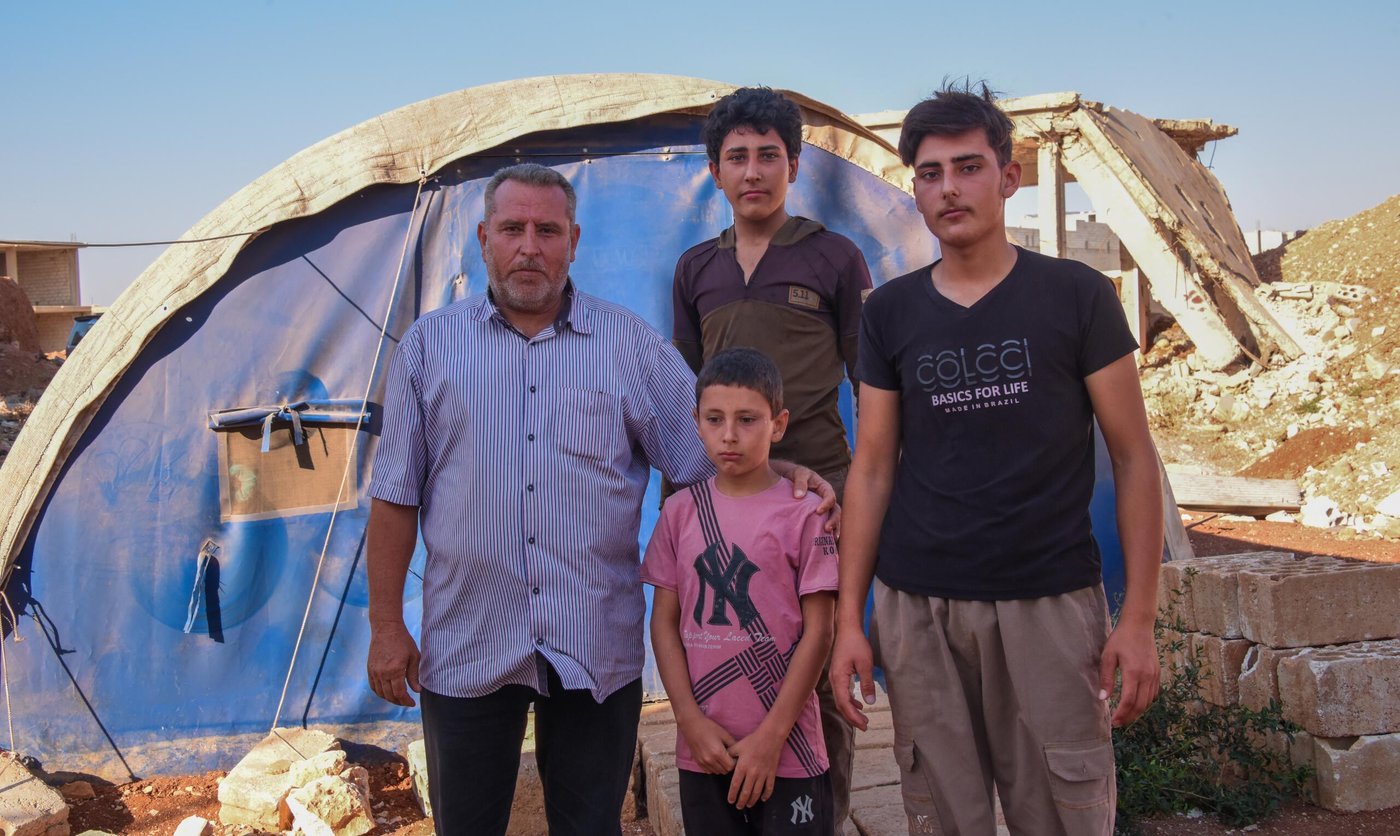It is 14 years since conflict began in Syria. 16.5 million people – over 70 per cent of the population – need humanitarian assistance. Almost half are children.
The fall of the former government in December 2024 has sparked hope, but the reality remains harsh.
Here are five things you should know about the situation for displaced people in Syria:
1. Nearly 2.5 million Syrians have returned home, but people are still fleeing
A total of 779,473 Syrian refugees are reported to have returned to the country since 8 December, while 1.7 million internally displaced people have returned to their homes from displacement sites and other places within Syria.
At the same time, outbreaks of localised violence have forced 881,788 people to flee their homes to other parts of the country, according to figures from the UN refugee agency.
2. Returns must be completely voluntary
People who want to return to their homes should be able to do so freely and without obstacles. They need time and support to prepare – to rebuild their homes, save money and get proper identity papers.
Governments, donors and NGOs must work together to remove practical obstacles and ensure essential services like electricity, clean water, schools and hospitals are available. Anyone considering returning must have clear information about the conditions in their home community and the help that’s available.
Some people may choose not to go back, and that decision must be respected. Those who remain in camps inside Syria still need support with things like water, waste removal and shelter. Meanwhile, refugees in other countries must be allowed to stay legally and access basic services. The countries hosting millions of Syrians need continued support so they don't have to force people back.
3. Conditions for return are still dire
NRC data shows widespread destruction of infrastructure and services. People returning face problems with electricity and water. Over 2.45 million children are out of school due to destroyed schools and 14 years of conflict.
Returnees face a collapsed economy, few jobs and a lack of legal documentation. Local communities also face challenging conditions. We must address needs across all communities to avoid social tensions.

4. People in Syria still need humanitarian aid
Syria remains a humanitarian crisis that affects over 16 million people in the country. High prices for food and basic items remain the biggest problem for millions of families.
Aid agencies need certain basic conditions to be in place in order to assist people effectively. We need free access to deliver lifesaving assistance like food, medical supplies and fuel. Governments must remove the barriers that stop aid from reaching the people who need it.
5. The transition is an opportunity, but Syrians need support
Syrians have been through years of hardship. Now they need support to build a better future. This means dramatically scaling up aid and rebuilding programmes to support long-term stability. At the same time, leaders at all levels must work to reduce violence and instability.

Sign up to our newsletter for regular updates on the global refugee situation.


